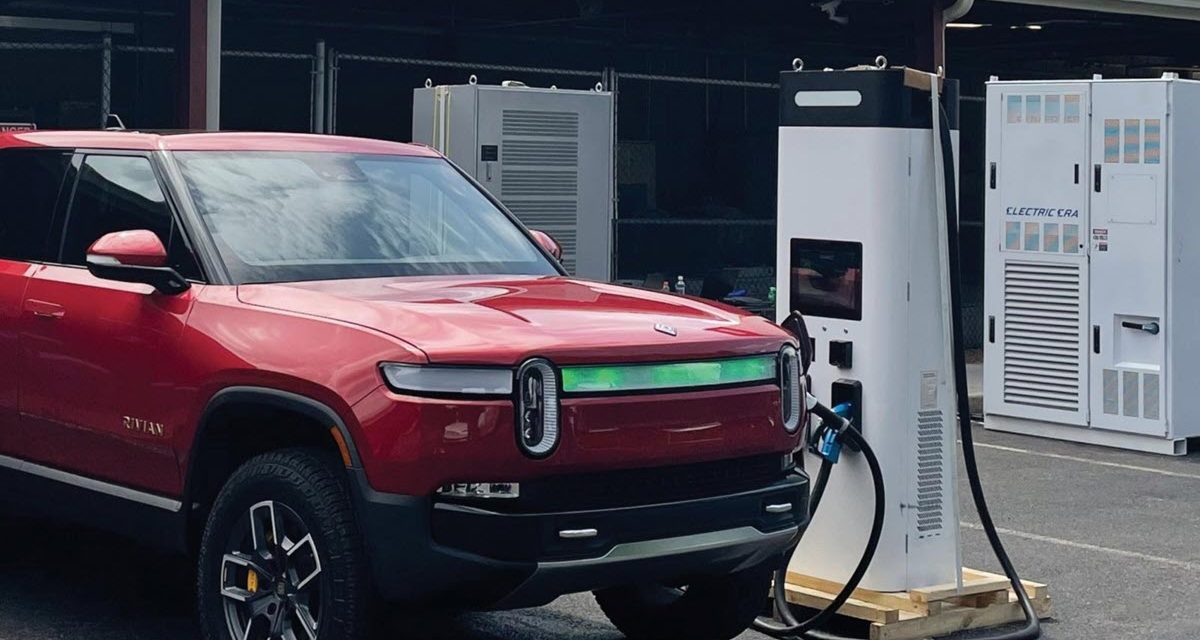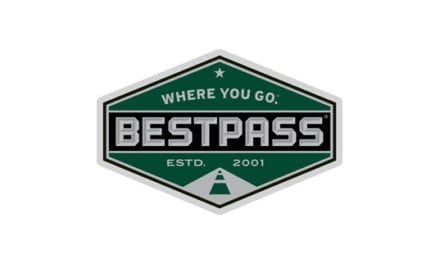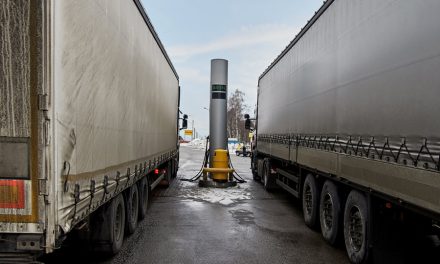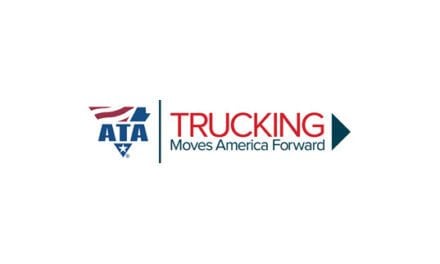How convenience stores can get their money’s worth on EV charging stations.
By Madeline Bennett
Installing electric vehicle (EV) charging stations doesn’t have to result in prohibitive energy bills for convenience store operators. By reducing demand charges and accessing federal grant funds and tax incentives, convenience retailers can profitably install EV charging stations, maintaining or even growing their customer base as more Americans shift toward electric vehicles.
NEVI Grants for EV Fast Charging Stations
Financial incentives from the federal government and states can help offset the cost of installing EV charging stations. Convenience stores are encouraged to apply to the National Electric Vehicle Infrastructure (NEVI) program, created as part of the $1.2 trillion Infrastructure Investment and Jobs Act signed into law in 2021. Convenience stores qualify for NEVI funding if they have:
- Access guaranteed 24 hours a day, 365 days a year
- Facilities to simultaneously charge four vehicles
- 150kW of power capacity per port
- ADA compliant parking spaces
- Restroom amenities
- A location within one mile of designated FHWA Alternative Fuel Corridors
- A location at least 50 miles from an adjacent NEVI-funded charging station
NEVI requires stations to be at least 97% reliable and because states and localities are encouraged to deploy projects that use smart charge management to minimize impacts to the grid. Among solutions, battery-assisted charging offers both these benefits. After a successful NEVI grant application, convenience stores can receive up to an 80% rebate on the upfront cost of installing EV charging stations. NEVI grants can be competitive and may involve upgrades to a site’s entire power grid. Another way to decrease the cost of EV charging stations is through investment tax credits offered by the federal government as part of the recently passed Inflation Reduction Act (IRA).
Investment Tax Credits for Battery-Assisted and Battery-Integrated EV Fast Charging Stations
Demand charges are tied to the highest peaks of electricity usage within a specified period by commercial or industrial customers, which includes convenience stores. Demand charges can be extreme. They can be triggered when a charging station gets a few drivers in a row using a lot of energy or many drivers each using a small amount. EV charging platforms can reduce demand charges by using battery storage. While battery-assisted EV charging stations produced by private companies can look more expensive than ones from public utilities, installing them is usually far less costly for convenience stores.
One year after NEVI was created, the federal government created an additional option for businesses looking for tax credits to help fund their investment in battery-assisted or battery-integrated EV charging stations. These tax credits come with fewer requirements than NEVI funding. Convenience stores can qualify for IRA tax credits if the technology they are purchasing:
- Has a storage capacity of not less than 5 kilowatt hours
- Is completely constructed by 2025
- Is not transportation property (e.g., is not a car, bus or other vehicle)
Businesses can qualify for tax credits equal to a 6% to 50% discount on their purchase of energy storage technology. The amount that the government awards depends on factors such as whether the purchased products are made in the United States and whether the product is installed in an “energy community”–an area that historically produced other forms of energy, such as coal or oil. It could be possible for specific sites to access both NEVI grants and IRA tax credits. Convenience stores should consult charging station vendors and tax advisors to find the charging solutions that work for their needs.
The Business Case for Installing EV Fast Charging Stations at Convenience Stores
Installing EV charging stations opens high-potential revenue streams for convenience store owners. An increasing number of Americans drive electric vehicles. Today, 3.4% of light-duty vehicles on the road are fully electric, up from less than 1% four years ago, according to a report from the U.S. Energy Information Administration. This trend is only projected to accelerate, especially as some states, such as California and New York, have announced plans to halt the sale of combustion vehicles in coming years. The federal government intends to end the purchase of new gas vehicles by 2035.
A high volume of sessions per day makes the EV fast charging business feasible. The EV boom will create a consistent stream of repeat customers spending time and money at businesses with fast charging stations. Convenience stores can remain integral to drivers’ routines as drivers make charging stops during commutes and trips. Since up to 90% of drivers make a purchase at retail stores while charging their EV onsite, installing EV charging generates guaranteed revenue. Similar to gas pumps, EV charging stations can be integrated with customer rewards or loyalty programs to keep drivers returning and ensure an excellent customer experience.
While installing EV charging stations looks like a large upfront expense, when done carefully it is an affordable, smart investment. Choosing an EV charging station that manages demand charges and applying NEVI funding and/or IRA tax credits can keep business’ costs low and charging profitable. Convenience stores are in an exciting position to be leaders in EV charging, and a range of public and private options exist to help make that future a reality.
 Madeline Bennett is the sales development representative at Electric Era Technologies. Electric Era engineers advanced storage systems for EV fast charging stations. Its power dense storage system and load prediction platform support a smarter and faster charging experience.
Madeline Bennett is the sales development representative at Electric Era Technologies. Electric Era engineers advanced storage systems for EV fast charging stations. Its power dense storage system and load prediction platform support a smarter and faster charging experience.









